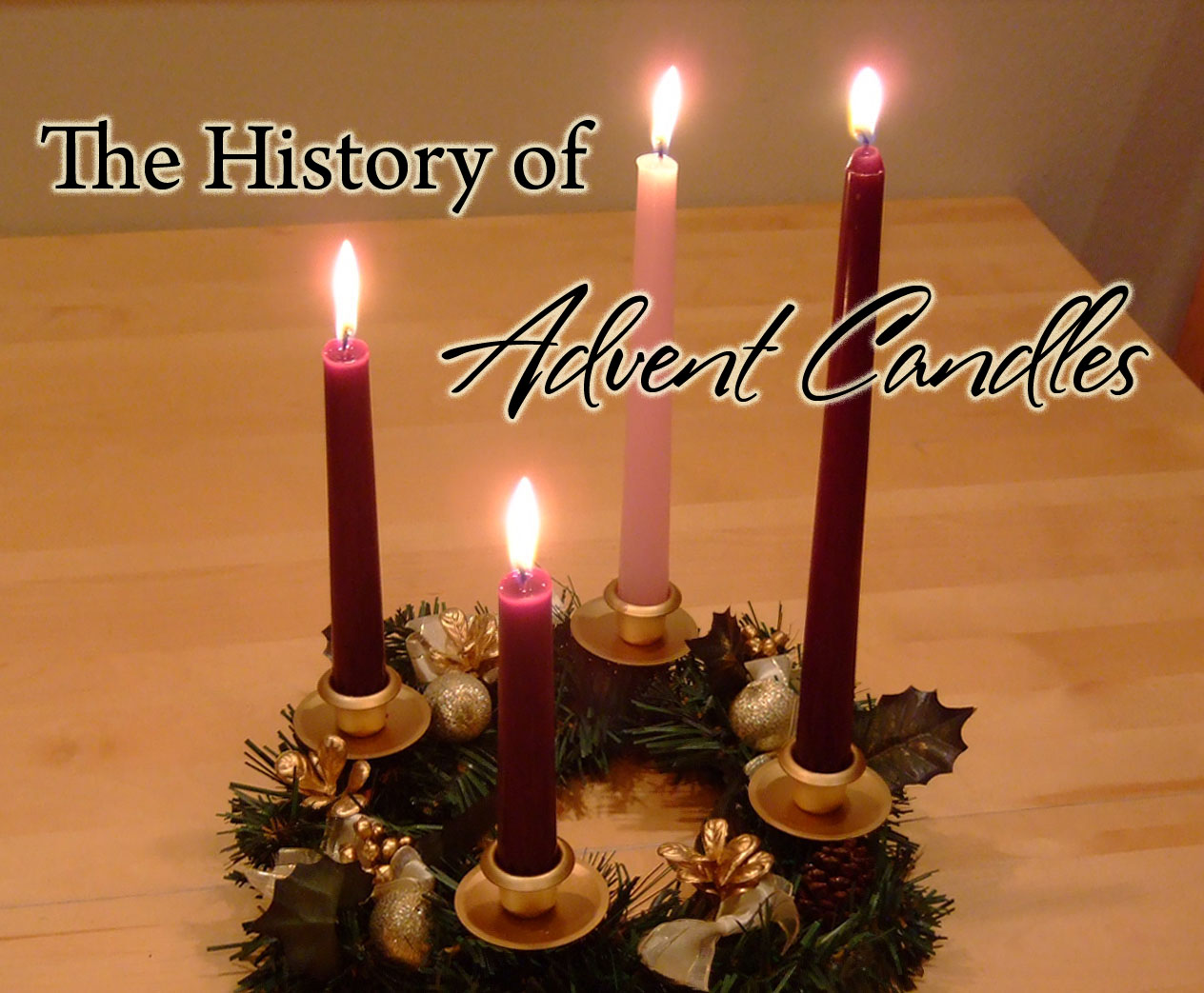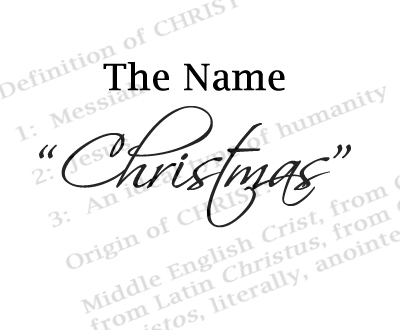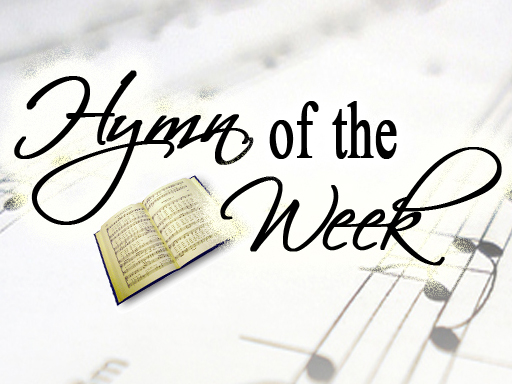History of the Advent Season
The term advent comes from the Latin word adventus, which means “coming.” In the early Middle Ages, this term came to apply to a period of preparation for Christ’s birth, his “coming” into the world, on Christmas Day. One of the earliest traditions associated with this season was fasting.

In fifth century France, under the direction of Bishop Perpetuus of Tours (in office from 461- 490 AD), Christians fasted between St. Martin’s Day (November 11) and Epiphany (January 6).1 Since this fast, known as St. Martin’s Lent, excluded weekends, it added up to approximately 40 days. Thus, it was compared to Christ’s time in the desert (Matthew 4:1-2) and the practice of Lent (the 40 days of fasting before Easter).* Though the original fast ended on Epiphany, it eventually culminated on Christmas Day (as December 25 rapidly earned prominence among Christians as the day to celebrate Christ’s birth). With time, the practice of fasting spread and came to be specifically associated with a period of preparation for Christmas.
In the sixth century, a more formal season of Advent began to take shape. By sanctioning the practice of fasting and by encouraging churches to devote several Sunday sermons to the subject of Christ’s birth, Pope Gregory I (in office from 590-604 AD) has been credited with establishing the first clear form of an Advent season. However, Gregory granted “a certain latitude to the several churches as to the manner of [Advent’s] observance.”2 Thus, for the next several centuries, the traditions of individual churches varied widely.
In regard to the length of Advent, by the 10th century, most churches recognized the season to include the four Sundays prior to Christmas Day. If Christmas Eve fell on a Sunday, it was considered the fourth Sunday. Or rather, the first Sunday since “these Sundays were then counted inversely, that is, the nearest to Christmas was called the first Sunday, and so on with the rest.”3
In regard to the practice of fasting, by the 14th century, the tradition had largely been lost. Pope Urban V (in office from 1362-1370) required only that “all the clerics of his court should keep abstinence during Advent, without in any way including others, either clergy or laity, in this law.”4 Though fasting (an outward expression of penitence and preparation during the Advent season) is no longer formally practiced during the Advent season, other customs associated with Advent, like the Advent Wreath, have helped Christians to prepare their hearts for the “coming” (or Advent) of Jesus on Christmas Day.
It is also interesting to consider the twofold meaning of Advent. Christians celebrate the coming of Jesus into the world over 2,000 years ago but also wait expectantly for his second coming. After giving his last instructions to the apostles, Jesus ascended into heaven. The Book of Acts records:
“[The apostles] were looking intently up into the sky as he was going, when suddenly two men dressed in white stood beside them. ‘Men of Galilee,’ they said, ‘why do you stand here looking into the sky? This same Jesus, who has been taken from you into heaven, will come back in the same way you have seen him go into heaven’” (Acts 1:10-11).
The Latin term adventus is the translation of the Greek word parousia, which is often used in reference to the second coming of Christ. The Gospel of Matthew records Jesus’ words about this coming, or parousia, as follows:
“For as lightning that comes from the east is visible even in the west, so will be the coming [the Advent] of the Son of Man. . . . all the nations . . . will see the Son of Man coming on the clouds of the sky, with power and great glory. And he will send his angels with a loud trumpet call, and they will gather his elect from the four winds, from one end of the heavens to the other. . . . No one knows about that day or hour, not even the angels in heaven, nor the Son, but only the Father. As it was in the days of Noah, so it will be at the coming [the Advent] of the Son of Man. So . . . be ready, because the Son of Man will come at an hour when you do not expect him” (Matthew 24:27-44).
Clearly, Jesus wants his people to be prepared for his return. Though he came first as a servant and a savior, he will come again as a ruler and a judge and will establish an eternal kingdom on a new earth. The Apostle Peter writes, “But in keeping with his promise we are looking forward to a new heaven and a new earth, the home of righteousness” (2 Peter 3:13). May believers “eagerly wait for our Lord Jesus Christ to be revealed” (1 Corinthians 1:7) and be ever ready for his second Advent!
For a beautiful tradition to celebrate Advent, visit our Advent Wreath Tradition page.
This page was created by:

Back to main Christmas History page.
We welcome your ideas! If you have suggestions on how to improve this page, please contact us.
Information on this page was drawn from our featured Christmas book.
You may freely use this content if you cite the source and/or link back to this page.
FOOTNOTES:
1 Gueranger, Abbot. The Liturgical Year. Translated by Laurence Shepherd. James Duffy, 1870, p. 24.
2 Gueranger, Abbot, p. 28.
3 Gueranger, Abbot, p. 28.
4 Gueranger, Abbot, p. 26.
*The following information is drawn from Kelly, Joseph. The Origins of Christmas. Liturgical Press, 2004, p. 73-74: Since Easter Sunday developed into a traditional day to baptize new believers, many scholars believe that a pre-baptismal fast formed the basis for Lent. Interestingly, many Christians were also baptized on Epiphany (January 6th) — a day that is still celebrated among Eastern Christians as the day of Christ’s baptism. The pre-Epiphany fast that eventually formed the Advent season probably started as a pre-baptismal fast as well.






